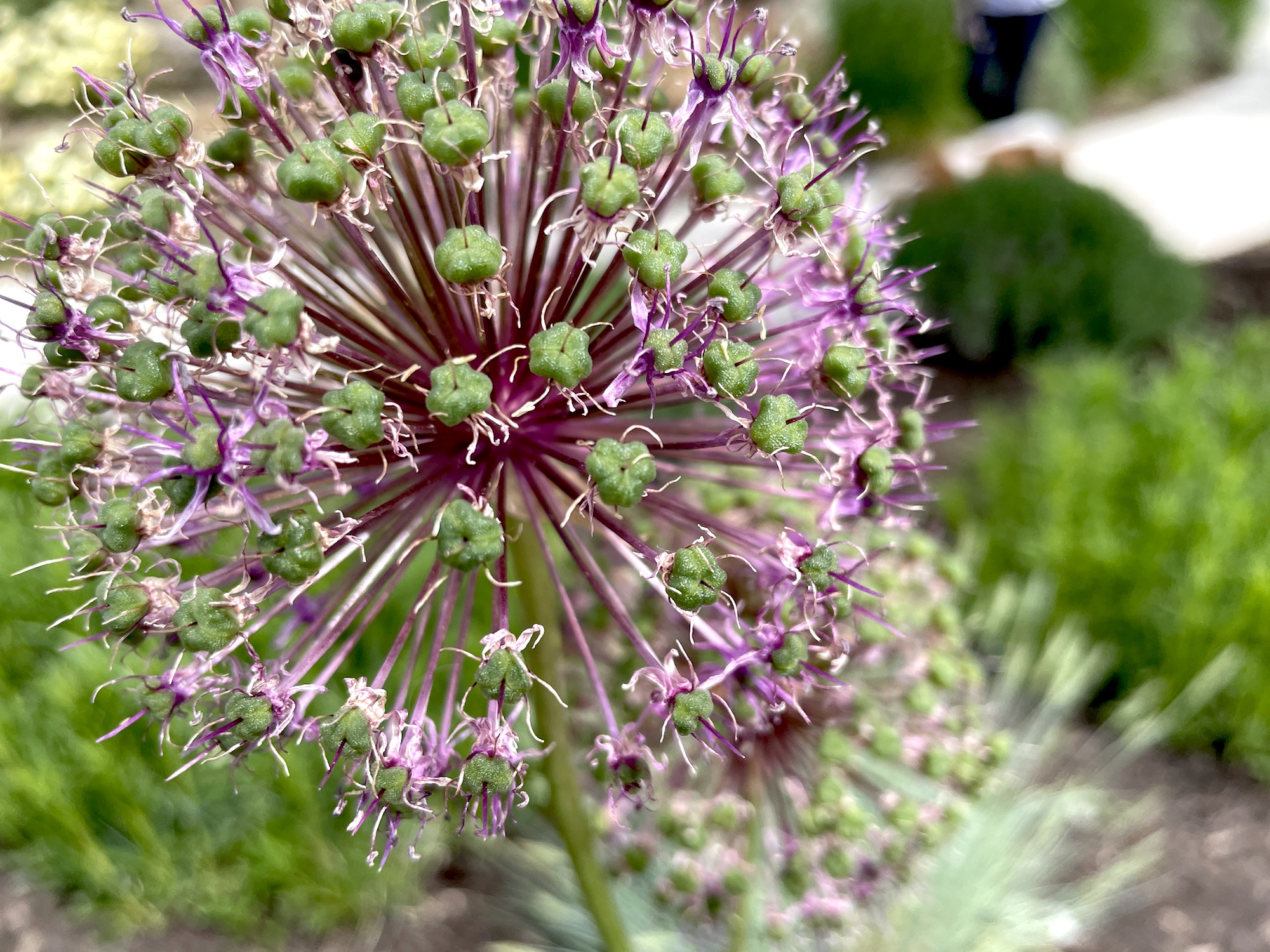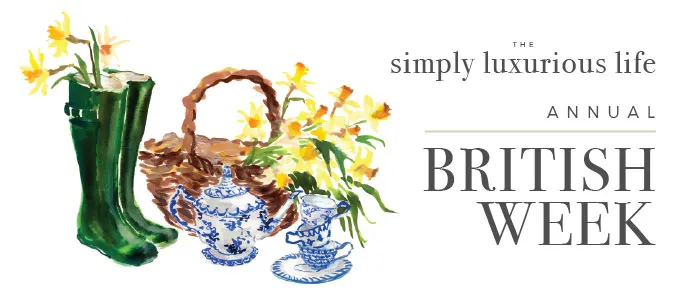Become a Member for as little as $4/mo and enjoy unlimited reading of TSLL blog.
“The pandemic represents a rare but narrow opportunity to reflect, reimagine, and reset our world.” —Klaus Schwab, author of The Great Reset (July 2020)
While a once-in-a-lifetime experience for the global population of today, pandemics are not new, and therefore, have been studied to mine many insights whether socially, economically, culturally and of course medically.
One reoccurring observation as shared by the New England Journal of Medicine are the five stages of pandemics upon their arrival into a population:
- Denial
- Anxiety
- Adjustment
- Reëvaluation
- The new normal
Currently, the vast majority of the world finds itself in the reëvaluation stage, soon to be arriving in the fifth stage which is why it is time sensitive to become aware of the opportunity we have each been given.
“We are often thrown into traditions that are too well established to be effectively questioned, let alone changed.” —Mike Sholars, author of “There’s Never Been A Better Time to Design Your ‘New Normal’.”
Admittedly, change can and does happen at anytime of our lives, chosen change, desired change, requires a great amount of tenacity, courage and effort. However, never before in our lifetimes, have we had a more understanding populace or malleable populace to consider and most importantly support, the change we may seek.
Experts are already weighing in on the pros and cons the change will bring post-pandemic in the next five years. The Pew Research cites while the reliance on tech will increase significantly, and bring out more disparity in the wealth gap as well as increased sharing of misinformation, it will also usher in more reforms aimed at racial and social equity and improve the quality of life for households and workers.
Last Monday, I shared ideas for tending to the transitions within our everydays – how to move more thoughtfully through and thus, improving the quality of our everydays. As we know, our everydays are our lives. They are the sentences which fill the pages of the book that is our one and only life, and now we must ascertain what we want our life experience to be about – what do we want the book of our life to reveal, share, inspire? In other words, what are your core values and what design in your way of living needs to be adjusted to ensure those core values are indeed at the core of your everyday life?
Let’s take a look at a helpful, didactic approach for clarifying how to design our unique new ‘normal’. The Atlantic shared a helpful three step process which I will incorporate along with my own approach as I feel the fundamentals presented contribute well to our ultimate goal.
1.Create a two-by-two row grid
Studies have not unsurprisingly revealed – seeing loved ones (not in our households), travel and dining out in restaurants to be three of the most missed regular activities during the pandemic. However, studies have not explored what we don’t miss. Such a task, for most effectiveness, can only really be done by each individual. Suggested by The Atlantic, the 2×2 row grid helps us to honestly assess what we may have been ‘going-along with’ pre-pandemic in order to not rock our financial or emotional world whether at work or at home; however, what the pandemic may have illuminated quite starkly are the negative effects such ‘going-along’s had on our overall quality of life.
With such dreaded behaviors and relationships temporarily removed, we each witnessed in real-time certain areas of our lives elevate, the quality improve and thus our peace strengthen. If we chose to consciously acknowledge these changes, said information is vital and instructive regarding how to move forward post-pandemic.
Continue filling in the graphic below, give yourself time, take a day’s break, sleep on your thoughts and return, but whatever you do, along with not rushing, be frank with yourself. Your future will thank you.
Items to consider including will be activities, responsibilties, relationships, but also include your behaviors – which default thinking habits serve you or did you a disservice? What behaviors were you not engaging in that you wish you could or would be able to? Let such revelations be a guide as well to revealing what new skills to learn as you step into a new and more fulfilling way of living.

2. Find the courage to let go
“It takes courage to say no to general normalcy.” —Lyn Thurman
TSLL has oodles of posts on letting go, and the awesome gifts gained and doors opened when we do. Now that you have a list clarifying your experience during the pandemic, ahas, insights, highs and lows (#1 on today’s post), you have a map of what to consider letting go in order to live a life honoring your core values.
During our lives pre-pandemic, auto-pilot becomes the ‘norm’ (and it will again post-pandemic if we don’t choose to live consciously) and along with auto-pilot is the fuel of social contagion. From minding the ‘rules’ of society in all of its forms – not only are our own lives lived off-kilted dismissing what we each need for our own well-being, but inequalities persist, injustices continue to be dismissed and a single individual raising their voice is easier to mute or silence.
social contagion — behaviors that are actually contagious
The pandemic turned off the machine of auto-pilot we thought was helping, and it required us then to think entirely for ourselves. Some of us chose to seize the opportunity; others will not. We cannot control anyone else but ourselves, so as a student during these past 15 months what did you learn? What did you learn about yourself, the world? What are you doing to do with this new knowledge?

3. Pick up, go find or dust-off the compass of love and let it be your guide
No, I am not stepping backward into the trite sayings, oversimplifying how to live in the world by offering one short, simple sentence professing Love is the way, but . . . Love, and ALL that it entails is the way, and at the core of living well in a civil society is love and all that said love entails. Let’s unpack what we mean when we say Love.
Jay Shetty shares in Live Like A Monk (scroll to #2 in this post), when we seek love and have an expectation of how to be loved, that is how we get in our own way. Instead, give the love you wish to receive, receive the love given without conditions (this is not to say, don’t have boundaries, but in other words, to observe what others can give and acknowledge this truth). Most importantly, give love to yourself – invest in your own regular self-care, pursue activities, hobbies, a career and a way of life you love living, and when it comes to your career, be patient but determined to find your dharma (Jay Shetty explains the definition) where what you love giving and what is needed in the world cross paths. As well, love includes setting boundaries, saying no, walking away, each a part of true self-care. In other words honoring your gift to be your full and capable self.
When we are guided by love rather than obligation we not only set ourselves free, we inspire others to think for themselves, explore their feelings and truths of the past which may have been surpressed, and enable the opportunity to have the space to find their way to true contentment. When more people understand and experience true contentment, the collective peace of a community, a culture and dare I say the world, grows.
There is an abundance about the world we may feel we cannot change. However, so long as we choose to remain consciously aware, we discover how to uniquely positively contribute. After all, some things may seem unchangeable until a broader awareness strengthens, then whoosh, a country wakes up, a world sees with their own eyes the truth, and change can more constructively occur. Some of these changes are beginning now and more will gradually unfold in the years to come. But knowing you have but one life, how do you want to live? What do you want to give? What can you uniquely contribute?
Whether you have the opportunity to make a career change, or edit the structure of your daily routine, or set new priorities and norms at your work place or build better, more loving relationships, there has never been a better time to feel supported in doing so. The window will shut soon as the fifth and final stage is entered, so choose not to dawdle and dare to explore that dream, that longing, that refuses to leave your mind alone.
SIMILAR POSTS YOU MIGHT ENJOY

Why Not . . . Tailor Your Life to Fit You?, episode #246

31 Ways to Practice True Self-Care, episode #242




A lovely post Shannon, thought provoking and kind.
Thank you for stopping by Vanessa. ?
As our world begins to open up post pandemic, the two by two grid is helpful. However, I would need a third category for ambivalence! For instance, I liked my yoga class, but disliked the gym where it was offered. Post pandemic I’m going to a yoga class in a more agreeable location. I don’t know if I would have changed if there hadn’t been a pandemic!
Your example is precisely the realization which will be helpful knowing what to change. Keep yoga in the “like” column and the location is placed in the “dislike” column. Breaking down anything as minutely as possible is the key to tailoring your new normal into something which will enable you to thrive. Thank you for sharing.
Interesting! I get the process now. This will require more thought on other matters too. Shannon, thank you so much! Food for thought on this holiday.
Within my diverse community (artistic pursuits) an occasional intrusion of politics and religion stained the fabric of the group. The resulting tension compromised our purpose. Our purpose is essentially charity driven and there truly is no room for dissent. Interestingly, the hiatus provided by the strict lock-down in Pennsylvania created an opportunity to “weed the garden” in a way. Those of us who are committed to the work will continue while the others sort out their goals. During this time our leader passed away, it was a tragedy to the group because her skills and process were flawless. A new leader will emerge and using the graphic and process you have outlined will help me make some difficult decisions. I have chosen to view this as a golden opportunity to return the community to its original focus. Again, thank you Shannon.
Food for thought Shannon. For so many it’s a time for re-evaluation. On a personal level I missed my family terribly and am contemplating a change .post pandemic to rectify that. It’s still in the early stage. We have all experienced this period in different ways but more than anything we have found resilience and resourcefulness within ourselves that probably we weren’t aware of. It’s a great opportunity to take stock and move forward to a more fulfilling life Thank you .xx